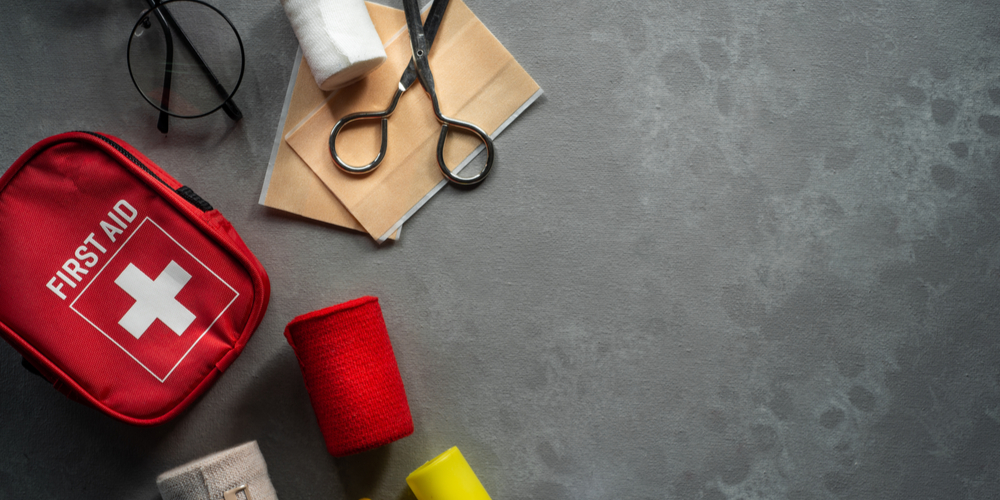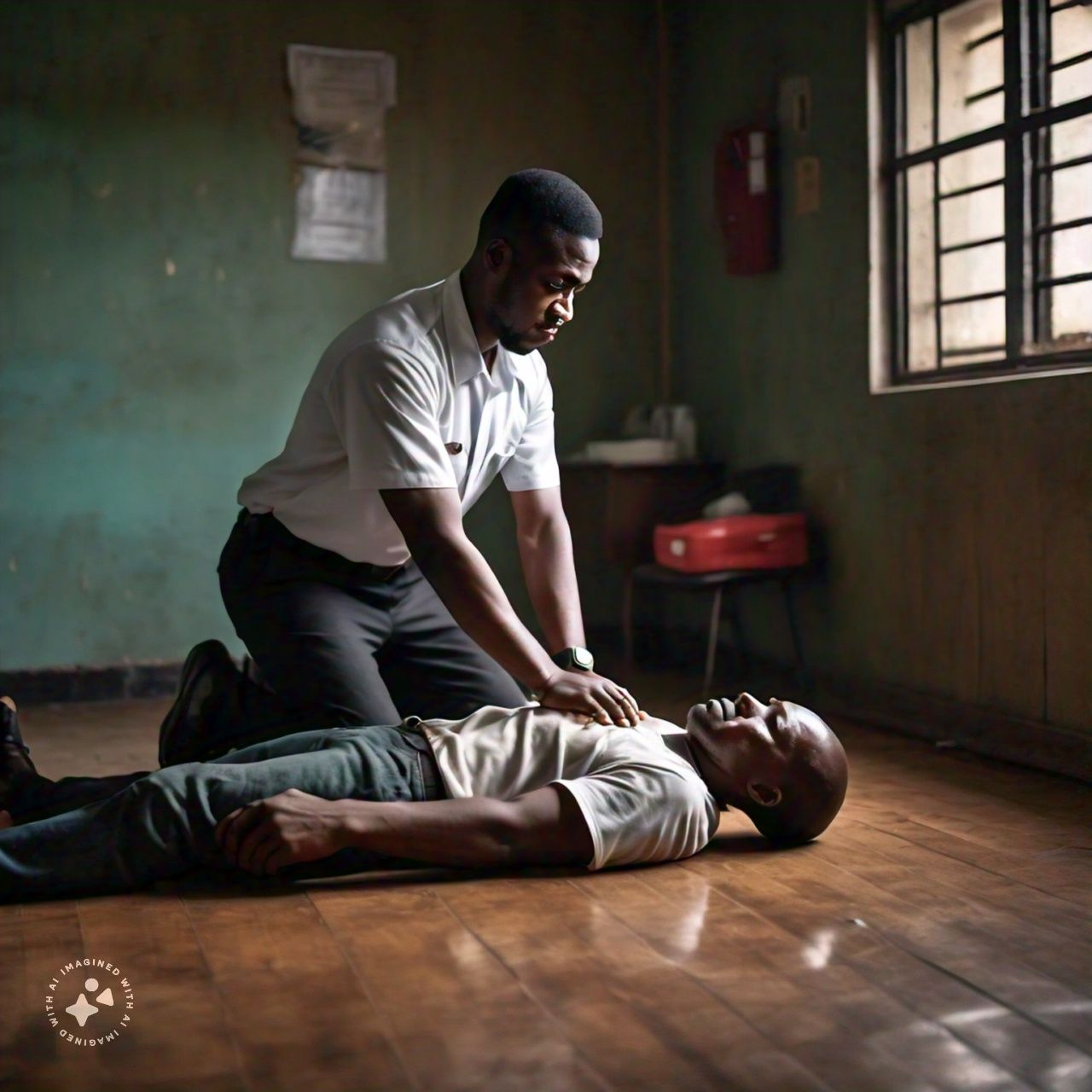
Knowing how to respond to emergencies and provide first aid is crucial for everyone. It can save lives and reduce the impact of disasters. Emergencies can range from natural disasters like earthquakes and hurricanes to medical situations such as heart attacks and injuries. Being prepared and understanding how to respond appropriately can make all the difference between life and death.
Emergency Planning
Emergency planning involves planning ahead to handle various emergencies and disasters. To be prepared, it is important to understand the risks, create plans, and gather supplies. Preparing for an emergency can be daunting, but it doesn’t have to be. By breaking it down into smaller steps, you can be ready for anything that comes your way.
Here are some essential steps to take:
1. Know Your Risks: Understanding the risks in your area is the first step in preparing for an emergency. Consider what types of emergencies are most likely to happen, such as fires, floods, or severe weather. This will help you develop an appropriate response plan.
2. Create an Emergency Plan: Developing an emergency plan with your family, workplace, or community is crucial. Your plan should include evacuation routes, designated meeting points, communication protocols, and provisions for vulnerable individuals such as children, the elderly, or people with disabilities. Practice your plan regularly.
3. Gather Emergency Supplies: Make sure you have emergency supplies on hand, including food, water, medications, first aid kits, flashlights, batteries, and blankets. Check and replenish these supplies regularly to ensure they are effective when needed.

4. Stay Informed: Stay up-to-date with weather forecasts, emergency alerts, and local news updates. Use reliable sources of information and have multiple communication channels, such as radio, phone, and internet.
5. Engage with Your Community: Participating in emergency preparedness initiatives, such as community drills, neighborhood watch programs, and volunteer organizations, helps to build resilience and fosters a sense of unity during times of crisis.
Read: Embracing Healthy Aging: Tips for a Vibrant and Fulfilling Life
First Aid
When someone gets hurt or suddenly becomes ill, first aid is the immediate care and help given to them. It aims to save their life, avoid further harm, and speed up their recovery.
Learning to give basic life support, wound care, and handling medical emergencies can help you provide essential assistance when needed.
1. Basic Life Support: Learning basic life support techniques, such as CPR, is crucial for providing immediate assistance to individuals experiencing cardiac arrest or respiratory emergencies. Basic Life Support (BLS) training will teach you to perform chest compressions, rescue breathing, and use automated external defibrillators (AEDs). By gaining knowledge and skills in BLS, you can quickly and effectively address emergencies and potentially save lives.

2. Wound Care: Knowing how to assess and treat various types of wounds, including cuts, burns, and fractures, is critical in preventing infection and minimizing further injury. Proper wound care involves cleaning the wound, applying dressings or bandages, and seeking medical attention if necessary.
3. Choking Relief: Knowing the warning signs of choking and learning how to do the Heimlich maneuver or abdominal thrusts can help remove objects from the airway and restore breathing for choking victims.
4. Medical Emergencies: Knowing how to recognize common medical emergencies can help you provide timely assistance and get the proper medical care. Some examples of these emergencies include heart attacks, strokes, and severe allergic reactions. Administering medication, such as aspirin for heart attacks or epinephrine for allergic reactions, can be life-saving. It is important to know when and how to use them.
5. Psychological First Aid: Offering emotional support and comfort to people experiencing distress or trauma is essential to providing first aid. By listening with empathy and connecting them with the right resources, we can help ease their anxiety and help them recover after an emergency.
By taking proactive steps to prepare yourself, your family, and your community, you can help mitigate the impact of disasters and emergencies and contribute to building resilient and safer communities.
